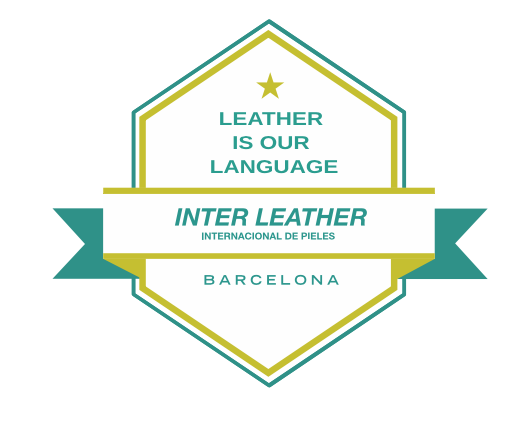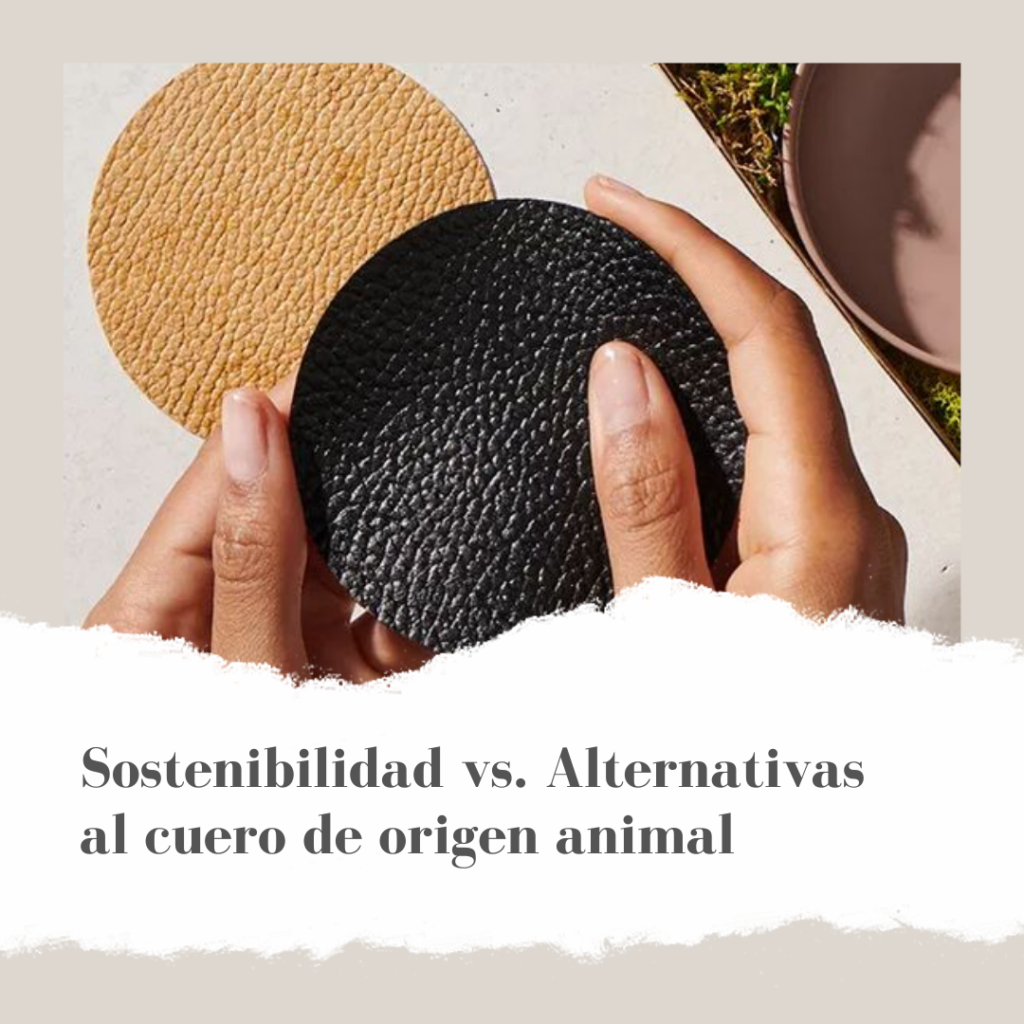We hear often that new revolutionary materials are presented as an alternative to leather: cactus, pineapple, mushroom leather, etc. All these are promising sustainability, but what is really the origin behind these vegan, synthetic and fruit leathers?
The vegan argument
Uno de los motivos primordiales en contra del uso del cuero de origen animal es el veganismo, el cual, lucha por acabar con el sufrimiento, la dominación o la subordinación de los animales a los humanos. Es un argumento y elección de vida totalmente válidos. No obstante, puede contribuir a problemáticas medioambientales futuras, ya que muchas de las alternativas que actualmente son etiquetadas como “veganas” provienen del plástico, el cual es muy contaminante. De forma asidua más fabricantes se están haciendo eco a nivel marketing del veganismo para introducirse en un nicho de mercado cada vez más en alza.
One of the main reasons against the use of leather of animal origin is veganism, which struggles to end the suffering, domination or subordination of animals to humans. It is a totally valid argument and choice of life. However, it can contribute to future environmental problems, as many of the alternatives that are currently labeled as “vegan” come from plastic, which is highly pollutant. Nowadays it is more often to see manufacturers using veganism label only for marketing reasons.
Leather alternatives materials
As we were talking previously, the most part of “vegan leather” are made up of plastic either as a base material or as a protective layer. Some of these are the next ones here bellow:
-Polyvinyl chloride (PVC): Abbreviated as PU, they are the most popularly used materials as leather imitation. Chemically they can be considered resistant, but nevertheless they suffer before damages, they are not breathable and they are flammable. This quality difference compared to animal leather makes PU cheaper. Although some of the plastics from which it is manufactured are recycled, they are still non-biodegradable material.
-Paper and stone: One of the first synthetic leathers called “presstoff” was made from paper pulp and was used for non-flexible leather applications. The new version is a mixture of polymer (made of plastic) and paper. In the same way, other alternatives to leather have been achieved with rocks such as slate. Although scientifically we can consider it achievements, in the end they are still natural compounds that are forced to mix with plastics which, as we already know, are very polluting.
-Vynalon: It is a synthetic fiber, produced from polyvinyl alcohol using anthracite stone and limestone as raw materials. It was developed by the Korean scientist Ri Sung Gi. Vynalon is considered a fabric, in addition, due to its rigidity and durability it has a wide range of applications (it is normally used in the production of backpacks). Its production is expensive and it is not the most sustainable option either.
-Cork and tree bark: They can be obtained in a sustainable way, cork oaks contribute to the absorption of CO2. The material itself is even biodegradable and recyclable. Also, it is not necessary to cut down trees to obtain it. Both cork and tree bark materials are flexible but need a fabric backing. Chemical treatments and plasticizers are needed to make them durable enough for application in the leather market. Thus, it is not the best way to replace skin of animal origin.
-Imitation of seaweed leather or sea leather: The marine is an ecosystem that is increasingly endangered by actions such as trawling. The collection of seaweed would not be a viable option to consider, since in the long run, we would damage our environment more than providing new vegan solutions to leather.
-Imitación al cuero de fruta o fibra de manzana/piña: Convertir los subproductos de la cosecha de frutas en materiales es un plan sólido, pero en este caso, el proceso requiere mucho tratamiento y dependencia de PVC’s para que el material sea adecuado para el mercado. Incluso así, su durabilidad sigue siendo cuestionada.
-Imitation to fruit leather or apple / pineapple fiber: Converting the by-products of the fruit harvest into materials is a solid plan, but in this case, the process requires a lot of treatment and dependence on PVC’s so that the material is suitable for the market. Even so, its durability remains in question.
-Imitation Agave / Cactus Leather: They are materials made from plants and manufactured from industrial by-products. Agave, for example, is used primarily for the production of tequila. Cactus leather requires specifically grown plants to create the material (which is essentially an unsustainable practice).
Ingineering materials
-Imitation of collagen or laboratory leather: The production of collagen leather (the material that forms the protein structure of leather) is a biofabrication process through cell modification and genome editing. In fact, we are talking about a byproduct of work done in healthcare when it comes to creating films that could potentially be used as a surface material. Production also remains extremely expensive and little is known about the sustainability of the process.
-Mushroom / Mycelium leather Imitation: The use of mushrooms faces similar challenges. The ability to grow is one of the main advantages of Mycelium, since it is made from cell growth in a laboratory. Mycelium’s versatility has been proven, but its water absorption is a problem and so is large-scale production.
The ecological alternative?
Many of the “vegan” alternatives are actually derived from plastics. Certainly some have diluted the PVC and heavy polyurethane content in plasticizers by adding natural materials or fabrics, but it is not enough to make it a truly sustainable option.
Patrick Grant, creative director at Norton & Sons, said of a well-known fashion designer and vegan advocate: “Eighteen years ago, I had been telling people to switch from leather to polyurethane and now the fish have it inside.” Every material impacts our planet. The developments may look promising; the reality of the alternatives seems to be light years away.
Furthermore, many organizations object to the misuse of the term leather to describe other materials. In some European country, like Italy, misuse is now even a legal crime.
Sourcing: www.one4leather.com
Translated by: Carolina Galles and Nicolás Galles


Recent Comments